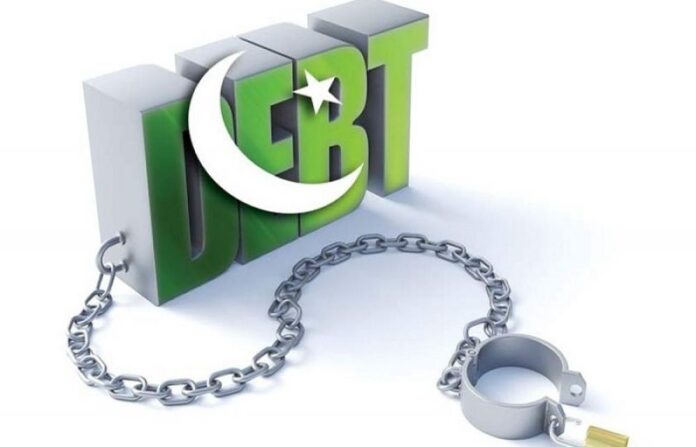Pakistan’s economy returned to the 1990’s as the country’s overall debt and GDP-percentage liabilities reached a 100% psychological mark and now stood at 106.8% of GDP by the end of June 2020.
Overall debt and liabilities were close to 100% in the decade of the 90s but now it had passed this psychological threshold and stood at 106.8% of GDP on June 30th, 2020. The overall economic picture is very close to the situation prevailing in the 90s decade.
It’s not just debt and liabilities that see skyrocketing patterns, the overall balance of payment situation of the country also deteriorated amid thumping over Prime Minister Imran Khan’s achievement of current account surplus.
Renowned economist Dr. Hafeez Pasha, however, pointed out that the total balance of payments that includes the current account and financial account deteriorated by 60% in July 2020 compared to the same month of the last year.
Total debt and liabilities in Pakistan increased to Rs 44.5 trillion, equal to 106.8% of GDP by the end of June 2020.
In the last two years, the PTI-led government raised overall debt and liabilities to the tune of Rs14.7 trillion against PML-N rise in debt and liabilities to the tune of Rs15 trillion in the tenure of last year. Thus, under the PTI-led system, net increase in debt and liabilities was doubled compared with the PML-N five-year law.
When contacted by this scribe, Dr. Hafeez Pasha said that the overall public debt and liabilities were deemed to be in the safe zone because they were below 50% of GDP. Under the Fiscal Responsibility and Debt Reduction Act, however, Pakistan’s projected debt as a percentage of GDP to the tune of 60%, has now crossed 106% of GDP.
He also stated that there was some kind of hacker attack on SBP’s website because it showed data for different periods so the concerned authorities must look to this issue. This scribe also contacted Dr. Ashfaque Hassan Khan for feedback, saying the IMF program was structured in such a way that poverty, unemployment, and the overall debt burden would increase.
He said that the public debt implied net debt rise, so it was all governments in the past after 1947 who were expected to pay the debt and liabilities burden received in theory and mark-up value. It was not a new phenomenon, but the rise in the debt burden in the last two years was incomparable.
Pakistan’s total debt and liabilities stood at Rs 29.8 trillion as of June 2018 when the PTI came into power. By the end of June 2019, this debt and liabilities burden soared to Rs 40.2 trillion and now it has risen to Rs 44.5 trillion.
The PML-N raised debt and liabilities from Rs14 trillion to Rs29 trillion from Rs2013 to 2018 in the last five years. Pakistan’s total debt and liabilities in 2006-7 stood at Rs6 trillion and rose from Rs6 trillion to Rs 14 trillion from 2007-8 to 2012-13 under PPP law.
Pakistan’s debt and liabilities have grown at supersonic rates, and have now reached a danger zone. Complete debt and GDP percentage liabilities crossed 100% mark and now stood at 106.8 of GDP by the end of June 2020.
It is also a fact that the debt and liabilities grew by Rs11 trillion in PTI’s first-year rule in fiscal year 2019 but grew from Rs40 trillion to Rs 44.5 trillion so that in the second year the rate of debt growth was limited and only Rs 4 trillion increased.



